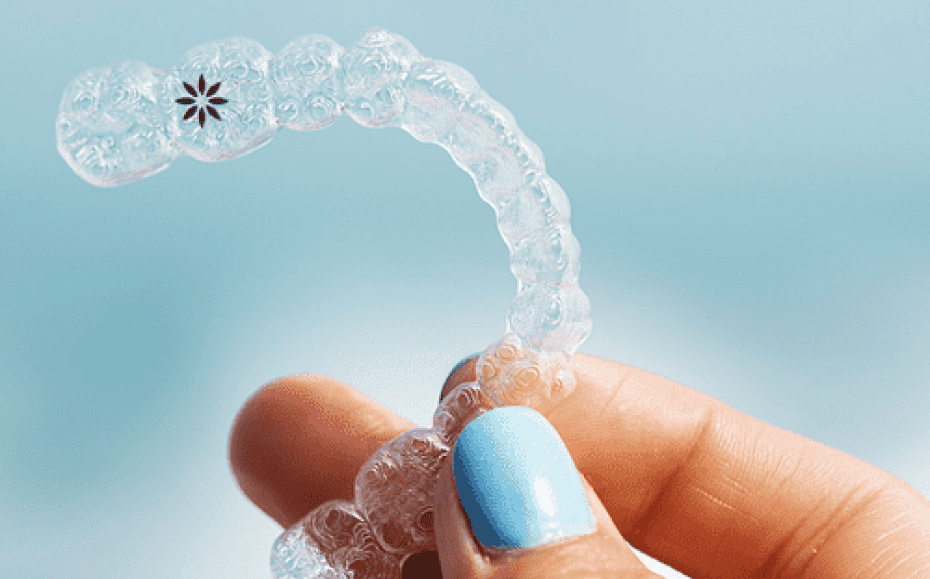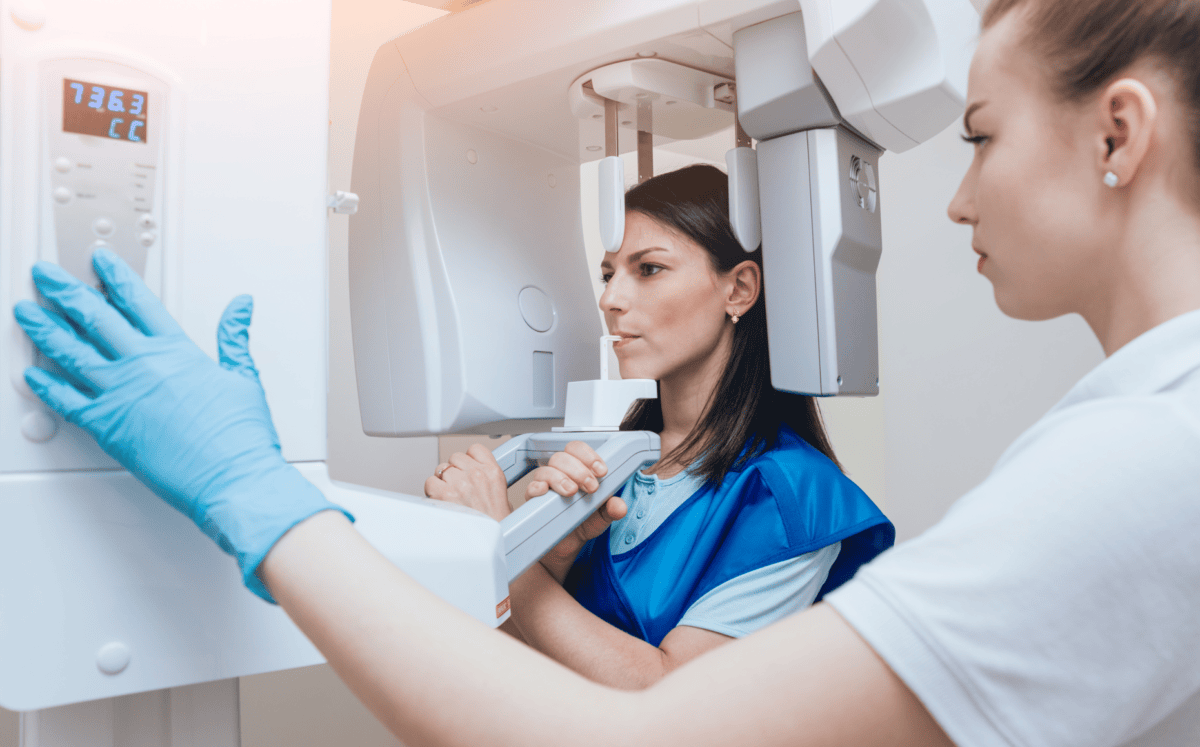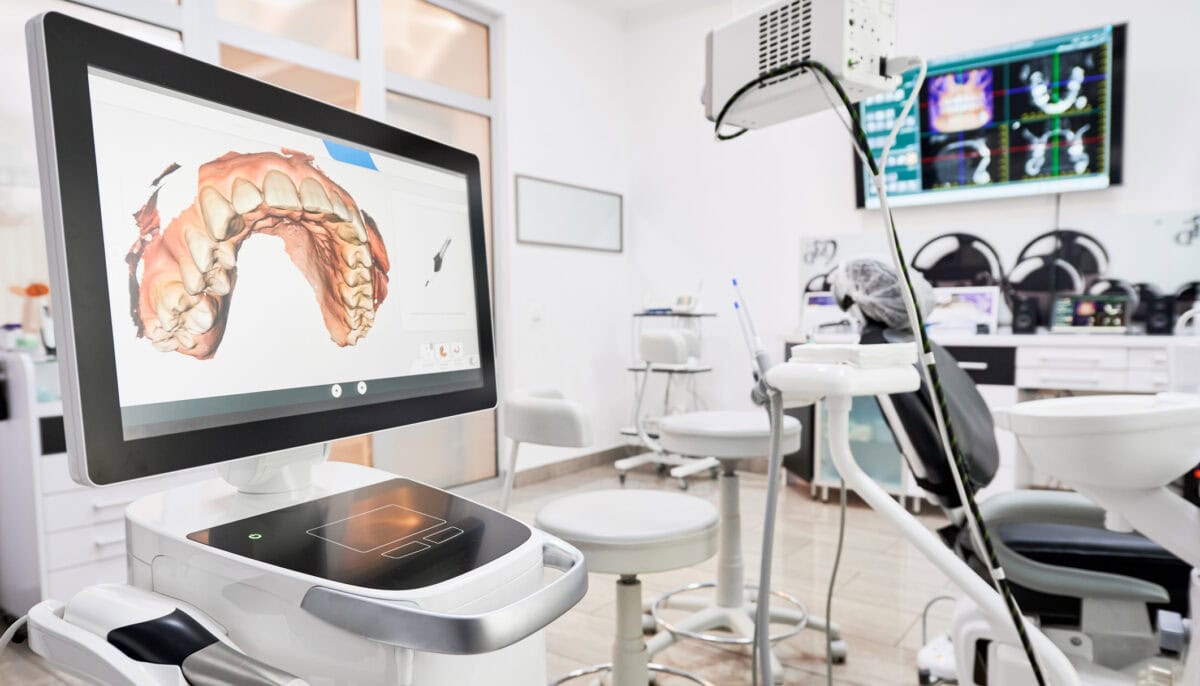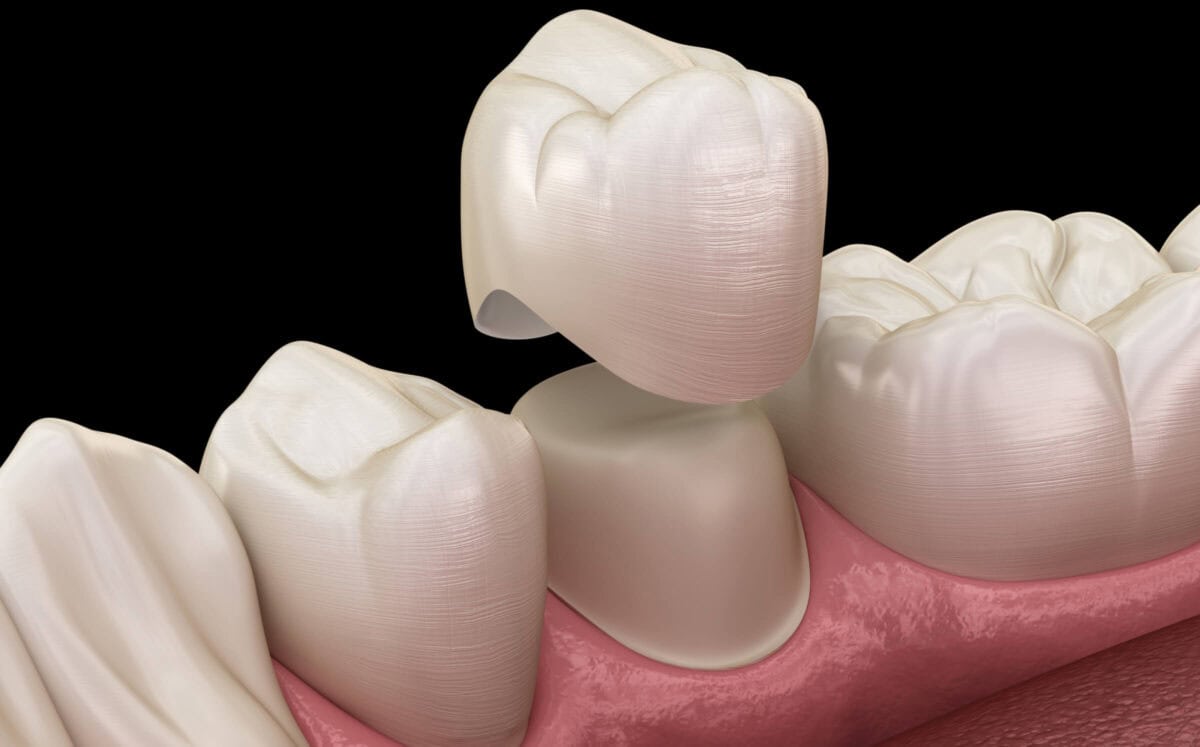Invisalign
Technology

What Is Invisalign?
The Invisalign® System is the most advanced clear aligner system in the world. Backed by over two decades of innovation, the Invisalign® System has helped bring smiles to over 18 million people including over 5 million teens.
The Invisalign® System is used for straightening teeth with a series of custom-made aligners for each patient. It is a combination of proprietary virtual modeling software, rapid manufacturing processes and mass customization, and custom-made aligners with patented aligner material.
Treatment with Invisalign consists of wearing removable, clear aligners to move your teeth gradually over time. Invisalign works in the same way as traditional braces, but without the restriction of crunchy, chewy, sticky and sugar food, as the aligners must be removed before eating. What’s more, because they are nearly invisible, the aligners aren’t as noticeable as metal wires and brackets on other types of braces.

How Does Invisalign Work?
The first step in the Invisalign process is a consultation and examination with an Invisalign-trained dentist or orthodontist. The initial examination includes photos and a 3D digital scan of the patient’s teeth. Aligners are then fabricated using 3D printing technology.
Invisalign utilizes a sequence of clear aligners, with each aligner moving the teeth a quarter of a millimeter at a time. The patient moves on to the next aligner when the movement required by the current set of aligners is achieved. A doctor may apply Smart Force attachments to your teeth before or during your Invisalign treatment, which are small, tooth-colored buttons that give your aligners leverage, acting like handles.
What Dental Issues Does Invisalign Fix?
An advanced clear aligner system, Invisalign can be used to correct almost all types of bite problems and tooth alignment problems. It’s effective in all age groups and preferred for patients who previously suffered bone and gum loss.
Invisalign can be used in almost all cases, but braces are necessary if you have a severe overbite or underbite, a tooth that is rotated more than 20 degrees, large gaps between your teeth or intrusions/extrusions (when a tooth needs to be moved higher or lower in your mouth). Invisalign may not be appropriate for every patient because it requires significant patient cooperation to achieve results in predictable intervals of time. Patients are required to wear their aligners for 20 to 22 hours a day, replacing them with a new set every one to two weeks.
Share this post








